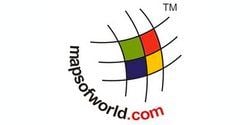Speaking of Kuwait languages, it is clearly understood that the language spoken here is influenced by most of the major languages of the world. While Gulf Arabic is used by the common people of Kuwait, English is not far behind in its popularity. The presence of Indians and Pakistanis has been predominant, making Urdu and Hindi stand out among many other local dialects.
Arabic Language in Kuwait
The national language of the Kuwaitis is the Arabic language, which is one of the most important Kuwait languages. The version of Arabic language, which is spoken in Kuwait, is known as Gulf Arabic, which is popularly known as Khaliji in the country. Arabic is also taught in the schools and is an integral part of the schools curriculum in Kuwait. This is done in order to enable the Kuwaitis acquire fluency over the language from their childhood. Arabic is spoken by almost 500,000 of the Kuwaitis. The specific dialect of Arabic language, which is spoken in Kuwait, is known Kuwaiti Hadari Arabic.
Languages in Kuwait
There are a number of other languages spoken in Kuwait because the majority of the population of this country is made up of foreigners who have come from different parts of the world and settled in Kuwait. This has had an effect on the languages that are spoken within the country. Some of the other languages, which form a part of the Kuwait languages, are Urdu, Persian, and Hindi.
English is one of the most important Kuwait languages and is considered to have a prominent place in the educational curriculum of Kuwait.
 Kuwait National Day
Kuwait National Day